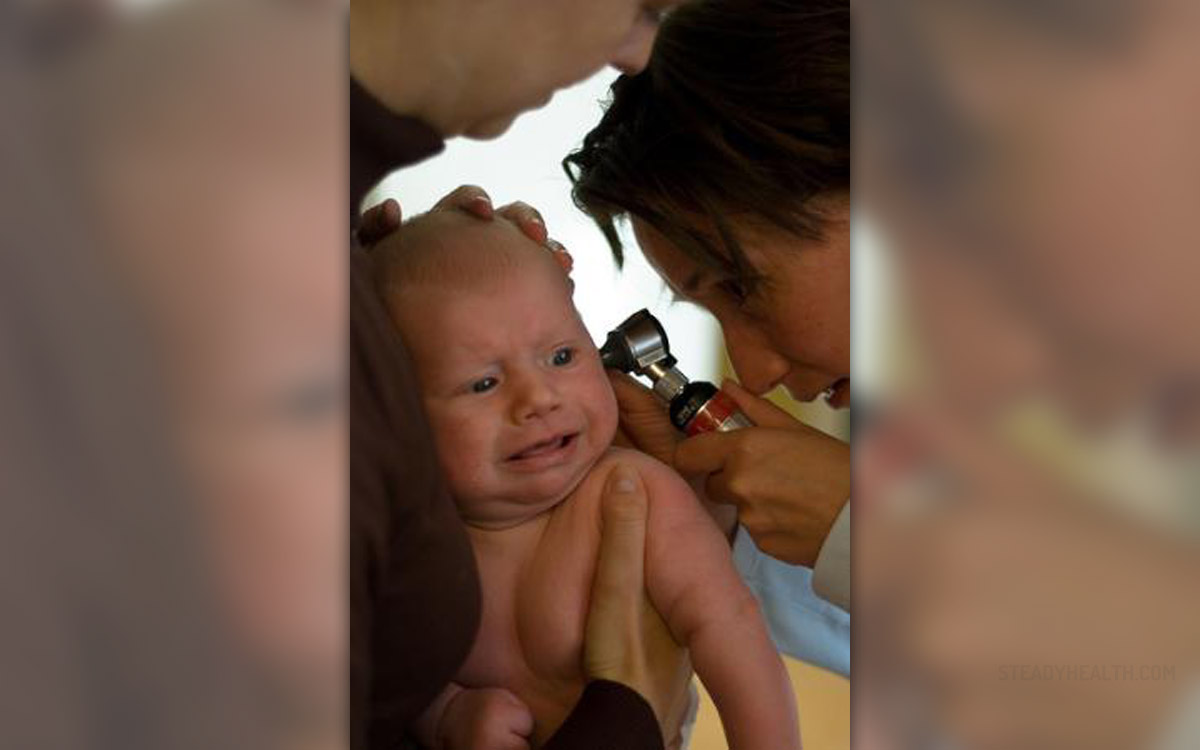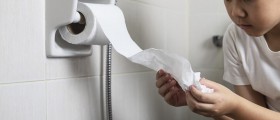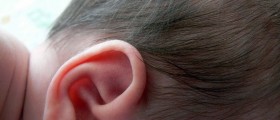
Middle ear infections are very common in early childhood, with three out of four children having such infections by the age of three.
Even though the infection worries parents and makes children uncomfortable, most of these infections clear up in a matter of days.
By the age of four or five, children will stop developing such infections.
Adults do not get middle ear infections very often, and the treatment for the infection in children and adults is pretty much the same.
If the child is complaining of pain in the ear, tugging on the ear, crying more than usual, not sleeping well, not responding to sounds, acting irritably, with a fever and headaches, then they could have an ear infection.
Adults who have middle ear infections often have pain in the ear, a high fever, dizziness and temporary loss of hearing.
In more serious cases, for example, if blood or pus is coming from the ear, then the doctor should be contacted, because it is possible that the child has a ruptured eardrum.
If the child has a regular ear infection and the symptoms last more than three days, then the doctor should be called as well.
Ear infections usually start with a viral infection, like a cold, for example. The middle ear lining becomes swollen from the infection and fluid builds up behind the eardrums.
Sometimes the infection is caused by blockage or swelling in the narrow passageways which connect the middle ear and nose.
The tissues located in the upper throat, called the adenoids, can sometimes swell, and this too can cause ear infections.
Even though most cases of ear infections clear up within three days, there are some that can last longer and cause complications. One such complication is short-term hearing loss, which his caused by the fluid buildup in the ear, which makes it harder for the eardrum to send sound vibrations through the fluid.
Usually the fluid will disappear on its own in several weeks, however, sometimes it can remain in the middle ear for months, which can damage the eardrum and the bones in the middle ear permanently.
Sometimes the eardrum will rupture, this is probably the case when blood and pus are coming out of the ear. The rupture actually relieves the pain however, and will usually heal on its own.
Most over-the-counter pain relievers are good to use against the pain from an ear infection, just make sure that if it is a child in question, that the appropriate children’s medication is being taken.
Placing a warm and moist cloth over the ear can also help to soothe the pain.

















Your thoughts on this
Loading...